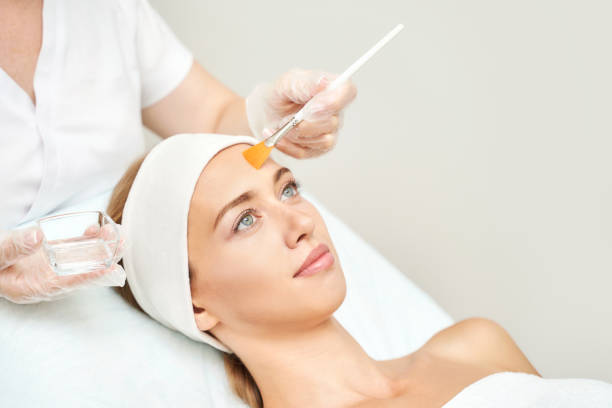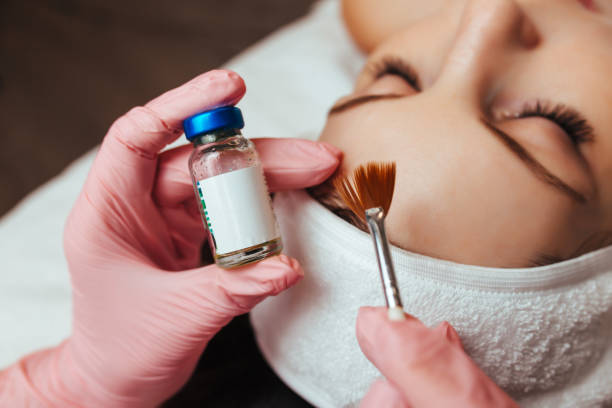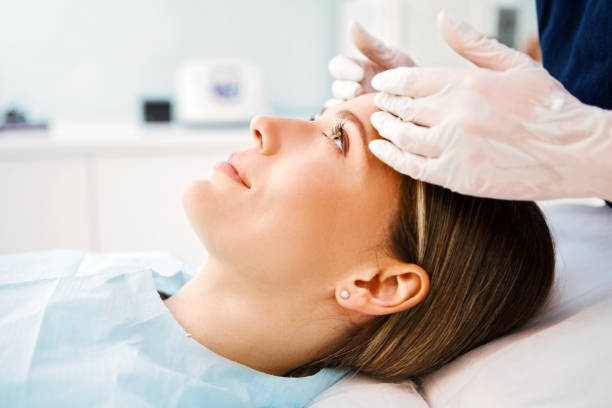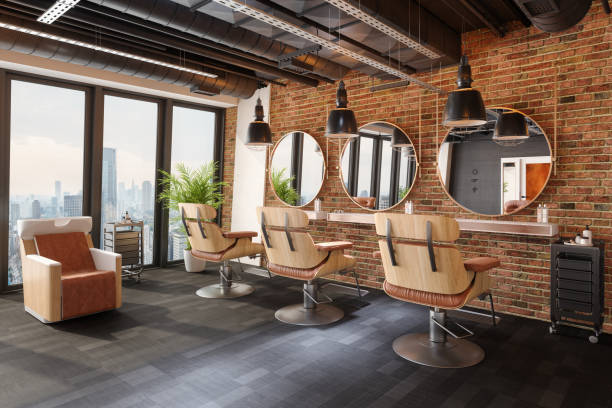
Chemical Peels & Contraindications: What You Need to Know
Chemical Peels & Contraindications: Here's What You Need to Know
Chemical peels have become increasingly popular in recent years as a safe and effective way to improve the appearance of the skin. By removing the outermost layer of dead skin cells, chemical peels can help to reduce the appearance of fine lines, wrinkles, age spots, and acne scars, leaving the skin looking smoother, brighter, and more youthful.
However, it's important to note that chemical peels are not suitable for everyone, and there are certain contraindications that must be taken into account before undergoing this treatment. In this comprehensive guide, we'll explore the key contraindications for chemical peels and what you need to know to ensure a safe and successful treatment experience.
What are Chemical Peels?
Chemical peels are a type of skin resurfacing treatment that uses a chemical solution to remove the outermost layer of skin, revealing a smoother, more even complexion underneath. The chemical solution, which can contain a variety of acids such as alpha hydroxy acids (AHAs), beta hydroxy acids (BHAs), or trichloroacetic acid (TCA), is applied to the skin and left on for a specific amount of time before being neutralized and removed.

Chemical peels come in varying strengths, from light peels that only remove the outermost layer of skin to deeper peels that penetrate further into the skin to address more advanced skin concerns. The depth of the peel will depend on the specific ingredients used and the concentration of the acids.
Contraindications for Chemical Peels
While chemical peels can be highly effective in improving the appearance of the skin, there are certain contraindications that must be taken into account before undergoing this treatment. These contraindications can include:
Active Infections or Inflammation
If you have any active infections or inflammation on your skin, such as cold sores, warts, or active acne, it's important to wait until the condition has cleared up before undergoing a chemical peel. Applying a chemical solution to inflamed or infected skin can exacerbate the condition and lead to further irritation or complications.
Certain Skin Conditions
Some skin conditions, such as eczema, rosacea, or psoriasis, may make the skin more sensitive to chemical peels and increase the risk of adverse reactions. If you have a history of these conditions, it's important to consult with a dermatologist or licensed esthetician before undergoing a chemical peel to determine if it's safe for your skin type.
Photosensitivity
Chemical peels can increase the skin's sensitivity to sunlight, making it more prone to sunburn and other sun damage. If you have a history of photosensitivity or are taking medications that can increase sun sensitivity, such as certain antibiotics or retinoids, it's important to take extra precautions to protect your skin from sun exposure before and after your chemical peel treatment.
Pregnancy and Breastfeeding
There is limited research on the safety of chemical peels during pregnancy and breastfeeding, so it's generally recommended to avoid this treatment during these times. The potential risks to the developing fetus or nursing infant are not fully understood, so it's best to err on the side of caution and postpone chemical peel treatments until after pregnancy or breastfeeding.
Recent Sun Exposure
If you have recently been exposed to the sun, either through tanning beds or outdoor activities, it's important to wait until your skin has fully recovered before undergoing a chemical peel. Sun exposure can make the skin more sensitive and increase the risk of adverse reactions to the chemical solution.
Preparing for a Chemical Peel
If you are considering a chemical peel and do not have any of the above contraindications, it's important to prepare your skin properly before the treatment. This may include using a gentle cleanser and moisturizer, avoiding exfoliating products, and using sunscreen regularly to protect your skin from sun damage.

It's also important to communicate openly with your esthetician or dermatologist about your skin concerns, medical history, and any medications you are currently taking. This will help them to determine the best type of chemical peel for your skin and ensure a safe and effective treatment experience.
Aftercare and Recovery
After your chemical peel treatment, it's important to follow your esthetician's instructions for aftercare to ensure optimal results and minimize the risk of complications. This may include using gentle cleansers, moisturizers, and sunscreen, avoiding direct sun exposure, and refraining from using exfoliating products until your skin has fully healed.
It's also important to be patient and allow your skin time to heal and recover. Depending on the depth of the peel, it may take several days to a week or more for your skin to fully heal and reveal the final results.
Conclusion
Chemical peels can be a highly effective way to improve the appearance of the skin, but it's important to be aware of the potential contraindications and take steps to ensure a safe and successful treatment experience. By communicating openly with your esthetician or dermatologist, preparing your skin properly, and following aftercare instructions, you can minimize the risk of complications and achieve the best possible results from your chemical peel treatment.
Remember, everyone's skin is different, and what works for one person may not work for another. If you have any concerns or questions about chemical peels or other skin treatments, it's always best to consult with a licensed professional who can assess your individual skin type and needs and provide personalized recommendations and guidance.







